Full text
PDF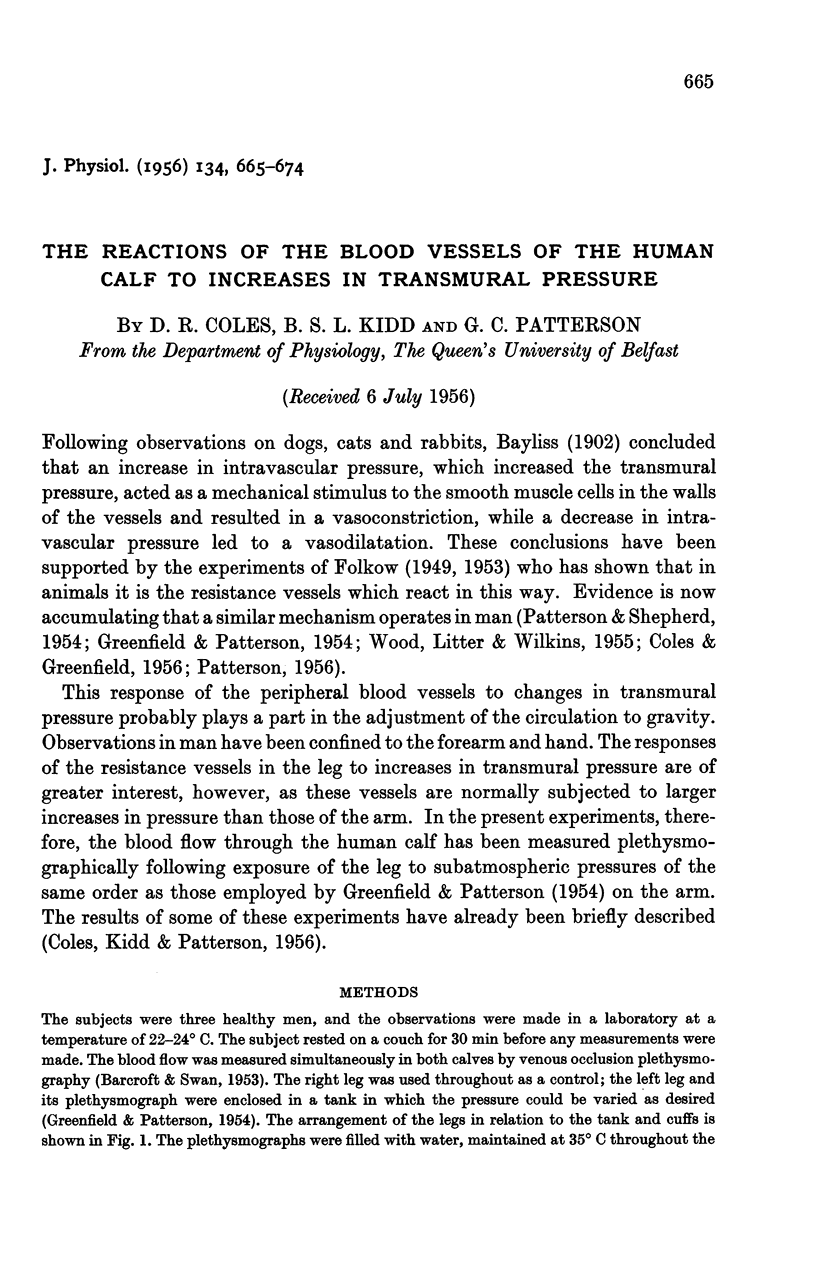
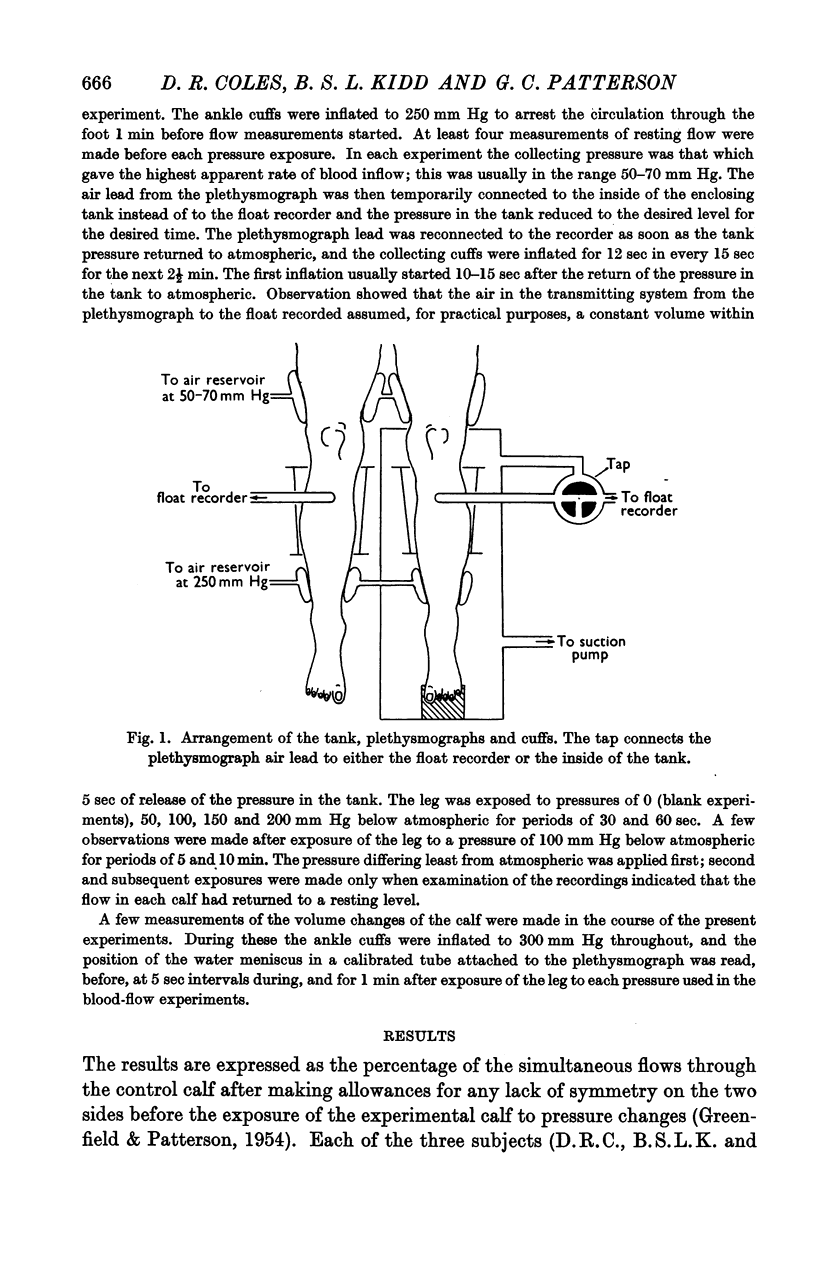
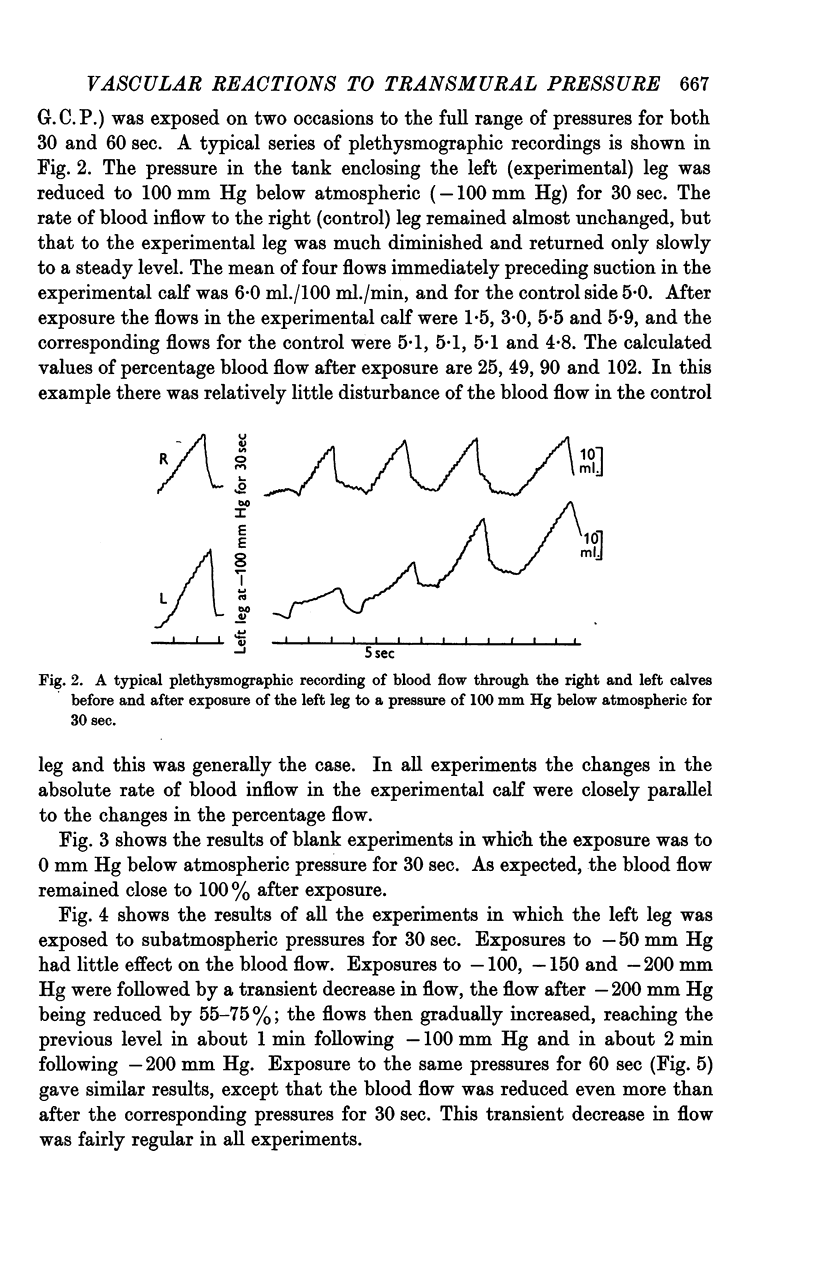
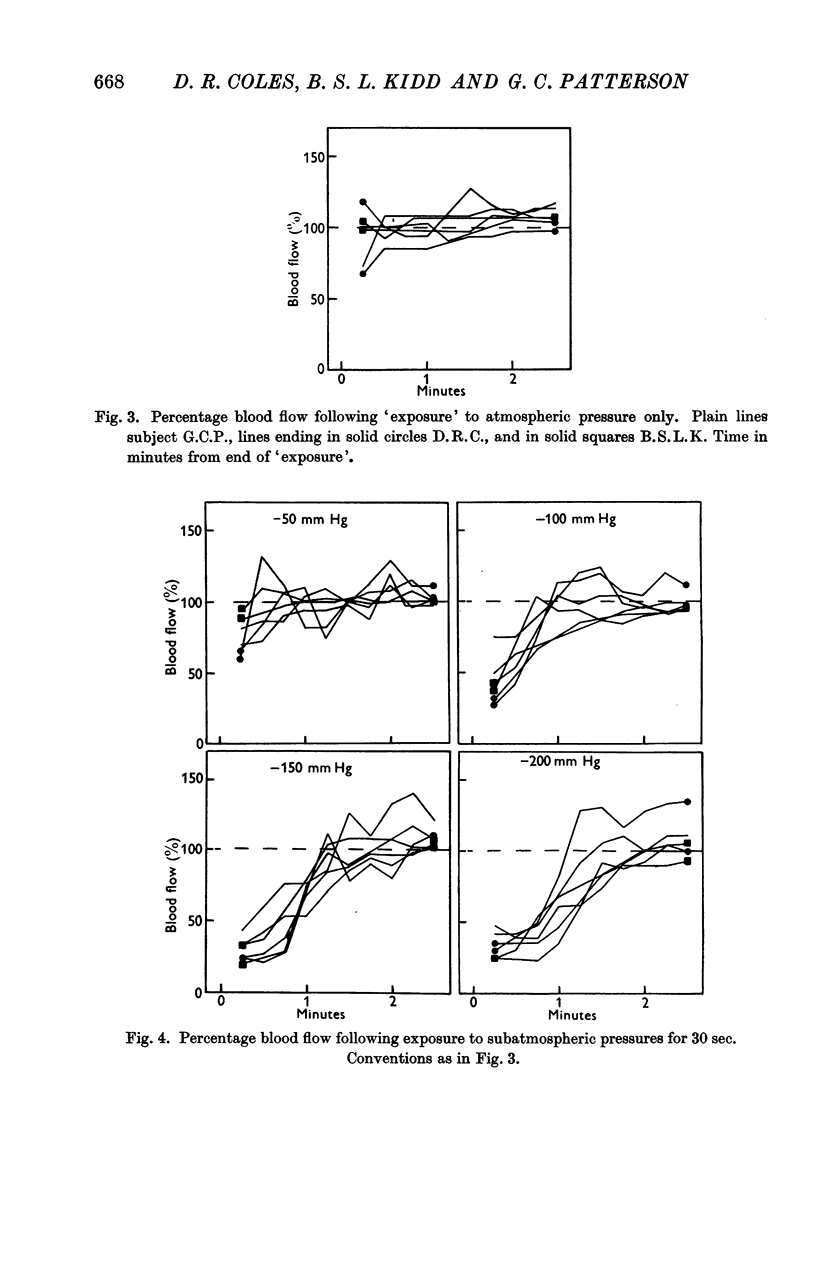
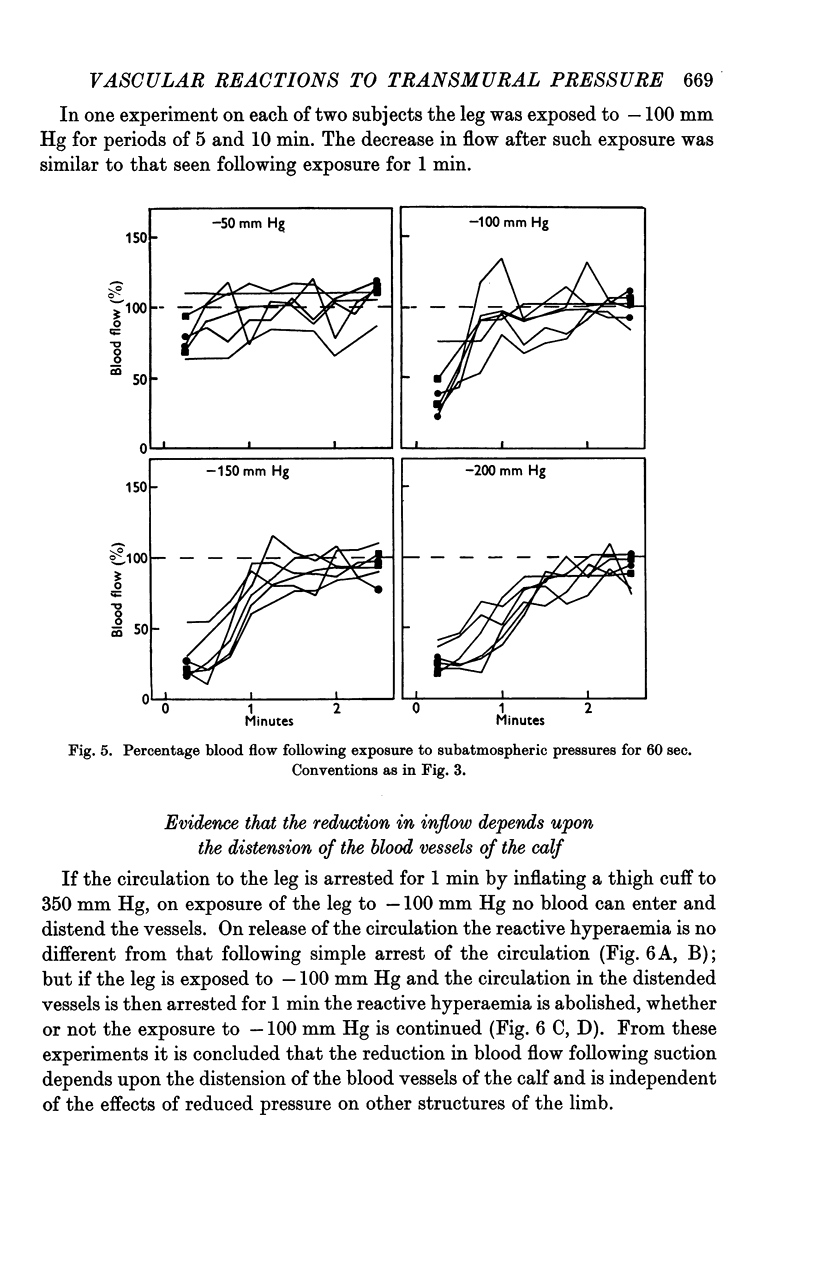
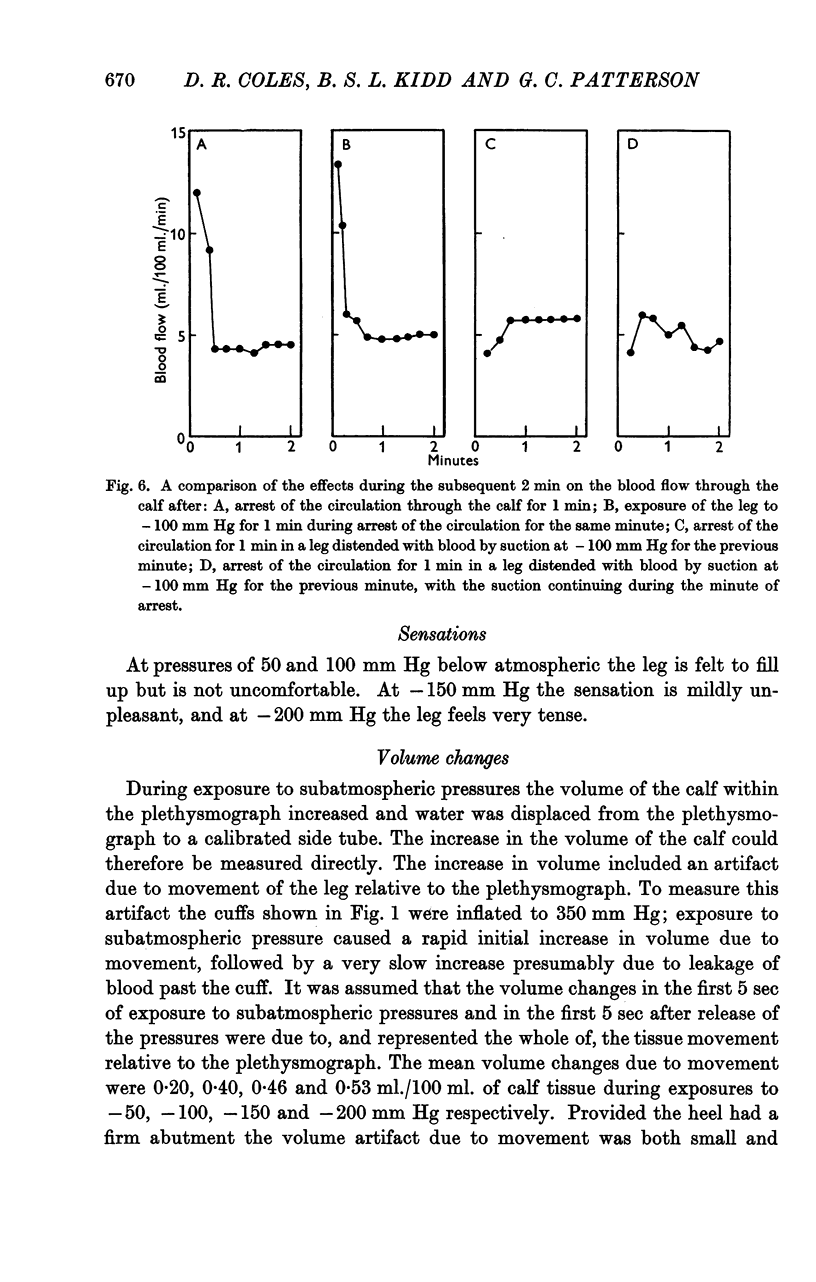
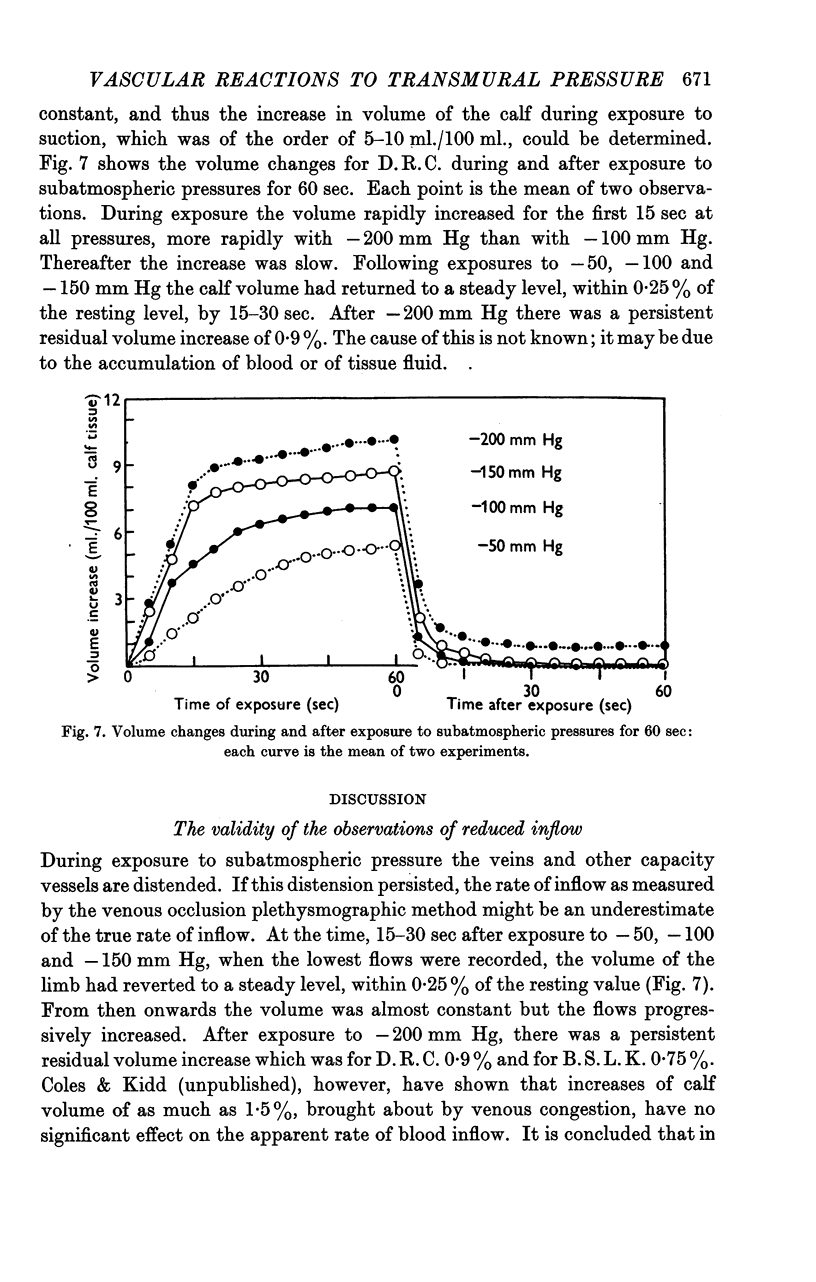
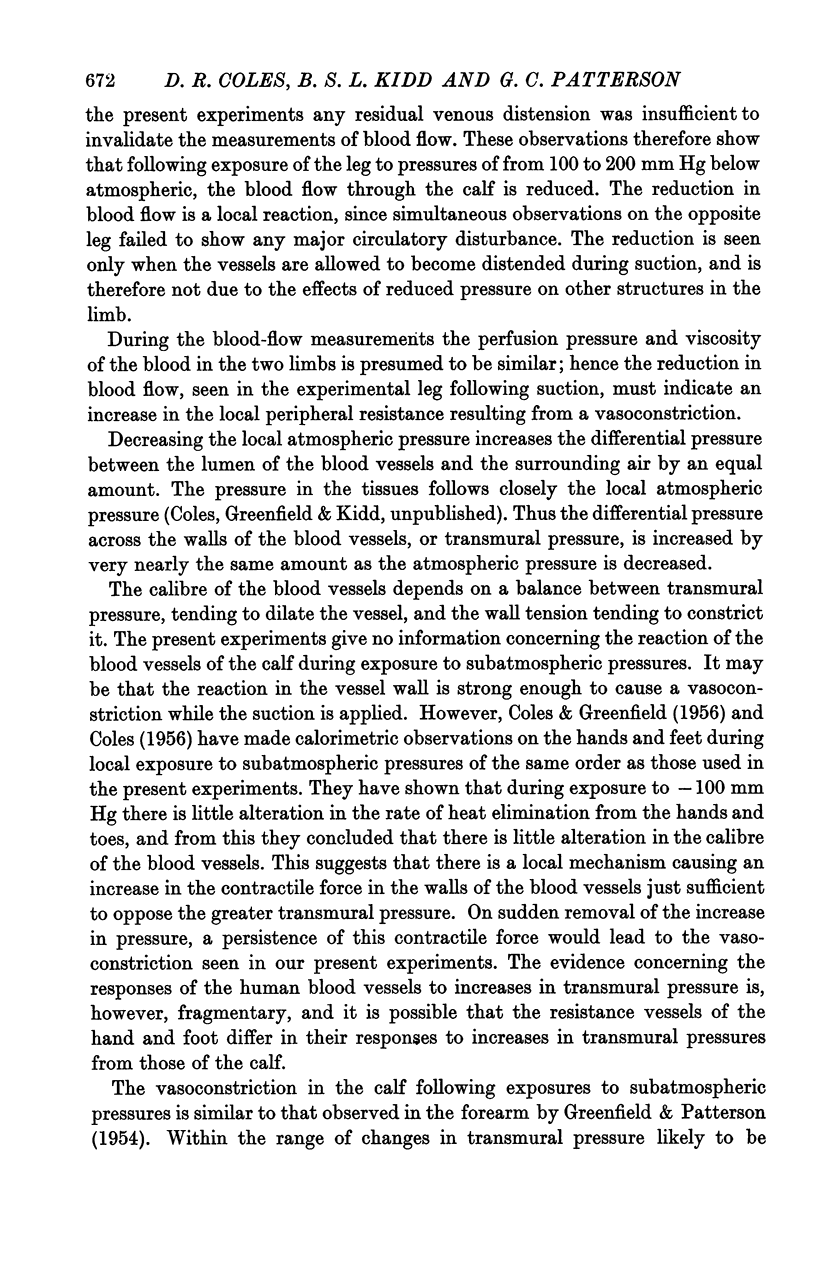
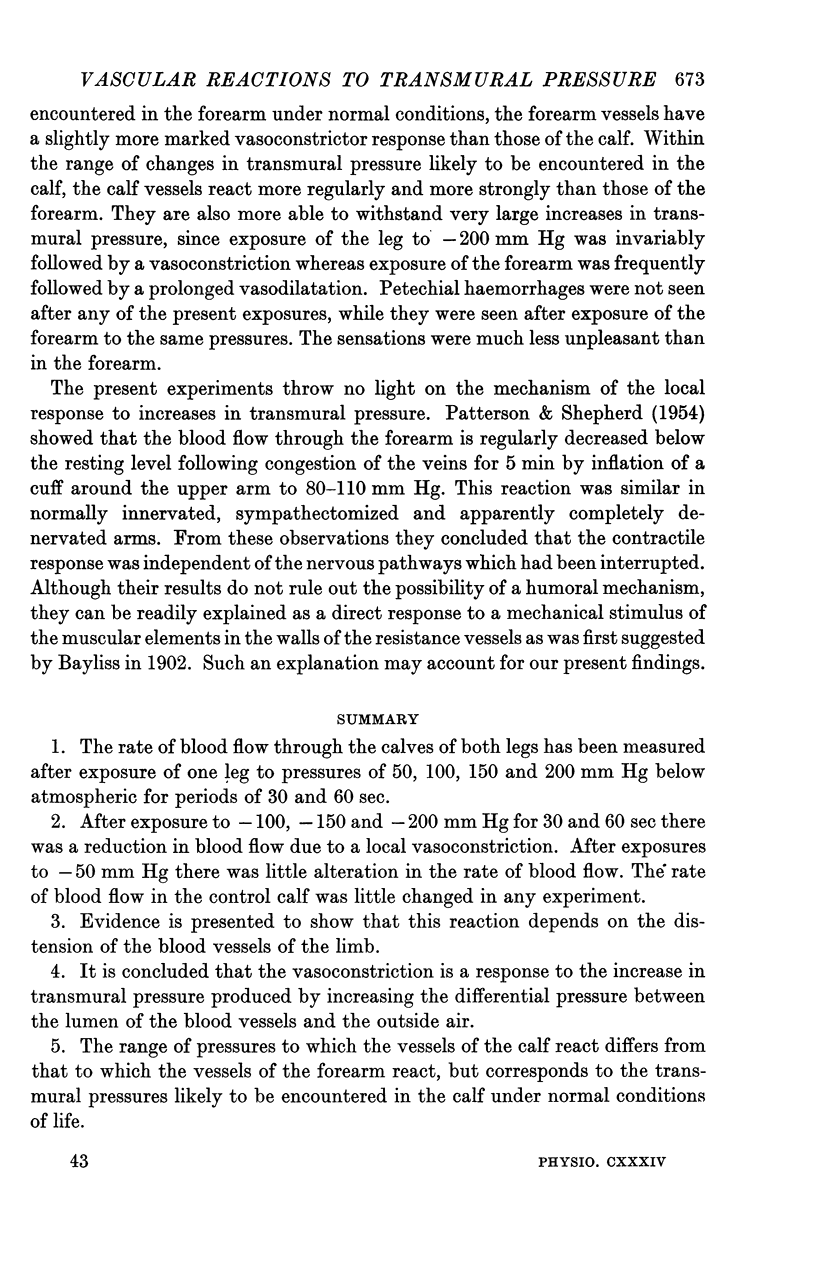
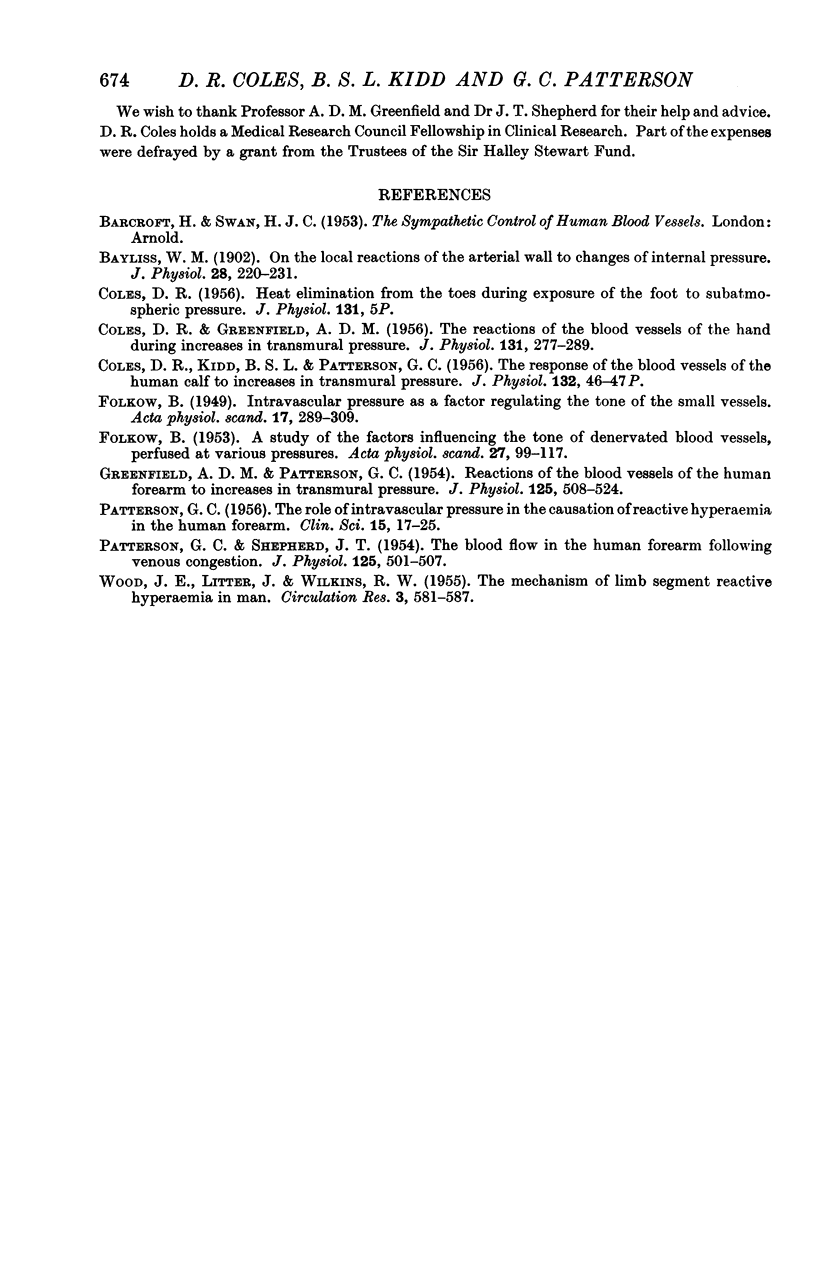
Selected References
These references are in PubMed. This may not be the complete list of references from this article.
- Bayliss W. M. On the local reactions of the arterial wall to changes of internal pressure. J Physiol. 1902 May 28;28(3):220–231. doi: 10.1113/jphysiol.1902.sp000911. [DOI] [PMC free article] [PubMed] [Google Scholar]
- COLES D. R., GREENFIELD A. D. The reactions of the blood vessels of the hand during increases in transmural pressure. J Physiol. 1956 Feb 28;131(2):277–289. doi: 10.1113/jphysiol.1956.sp005462. [DOI] [PMC free article] [PubMed] [Google Scholar]
- FOLKOW B. A study of the factors influencing the tone of denervated blood vessels perfused at various pressures. Acta Physiol Scand. 1952;27(2-3):99–117. doi: 10.1111/j.1748-1716.1953.tb00928.x. [DOI] [PubMed] [Google Scholar]
- GREENFIELD A. D., PATTERSON G. C. Reactions of the blood vessels of the human forearm to increases in transmural pressure. J Physiol. 1954 Sep 28;125(3):508–524. doi: 10.1113/jphysiol.1954.sp005177. [DOI] [PMC free article] [PubMed] [Google Scholar]
- PATTERSON G. C., SHEPHERD J. T. The blood flow in the human forearm following venous congestion. J Physiol. 1954 Sep 28;125(3):501–507. doi: 10.1113/jphysiol.1954.sp005176. [DOI] [PMC free article] [PubMed] [Google Scholar]
- PATTERSON G. C. The role of intravascular pressure in the causation of reactive hyperaemia in the human forearm. Clin Sci. 1956 Feb;15(1):17–25. [PubMed] [Google Scholar]
- WOOD J. E., LITTER J., WILKINS R. W. The mechanism of limb segment reactive hyperemia in man. Circ Res. 1955 Nov;3(6):581–587. doi: 10.1161/01.res.3.6.581. [DOI] [PubMed] [Google Scholar]


